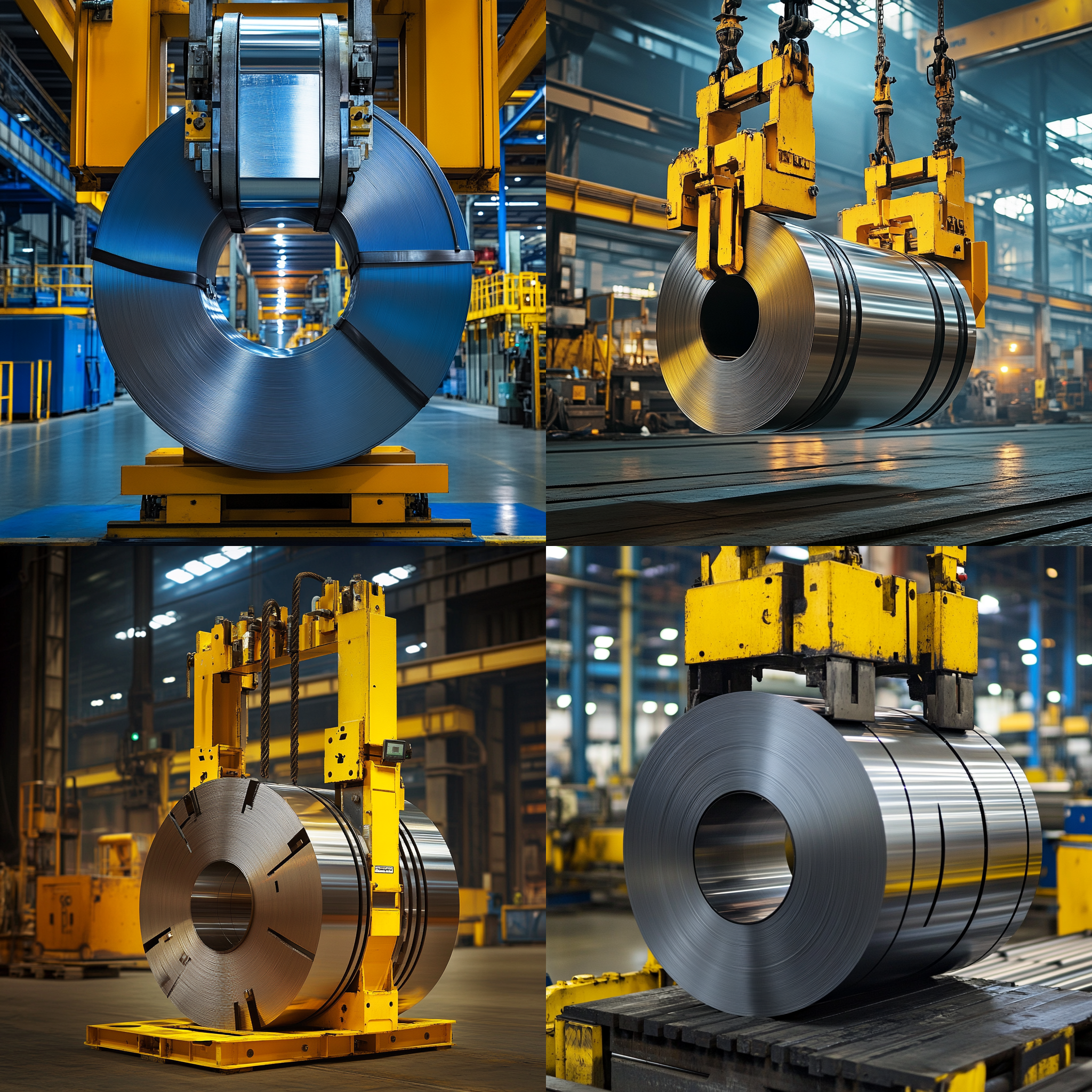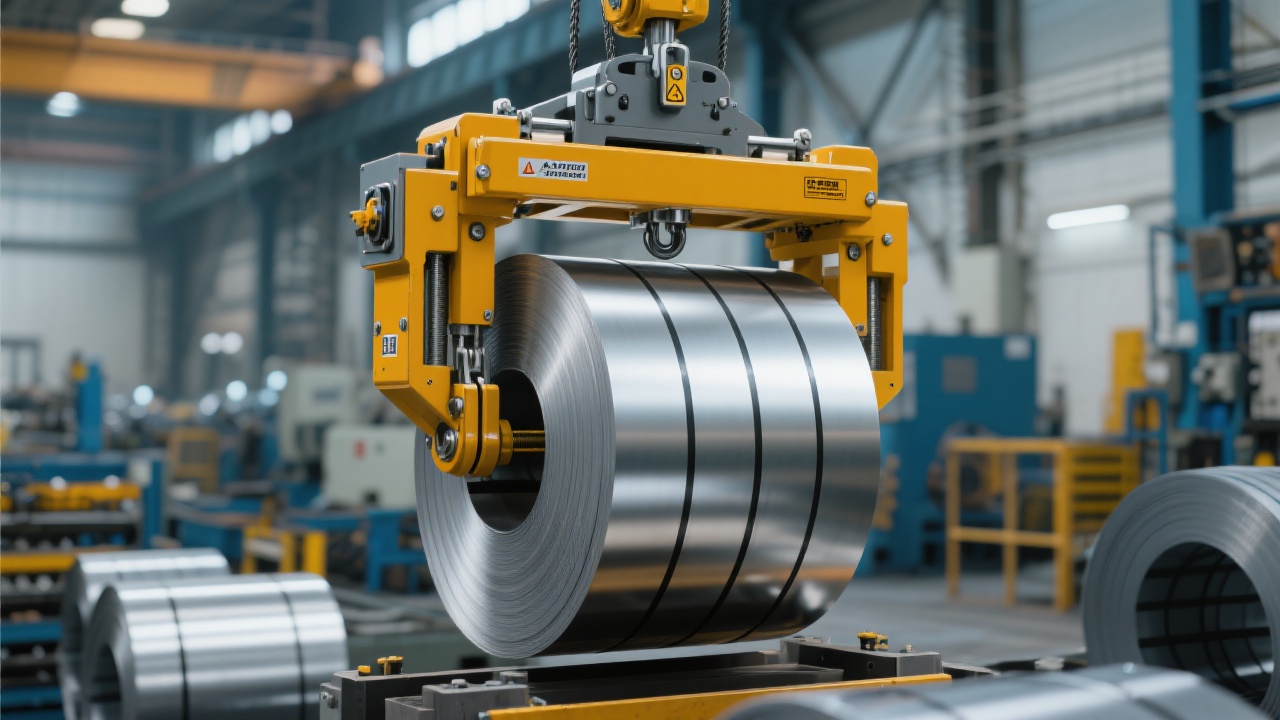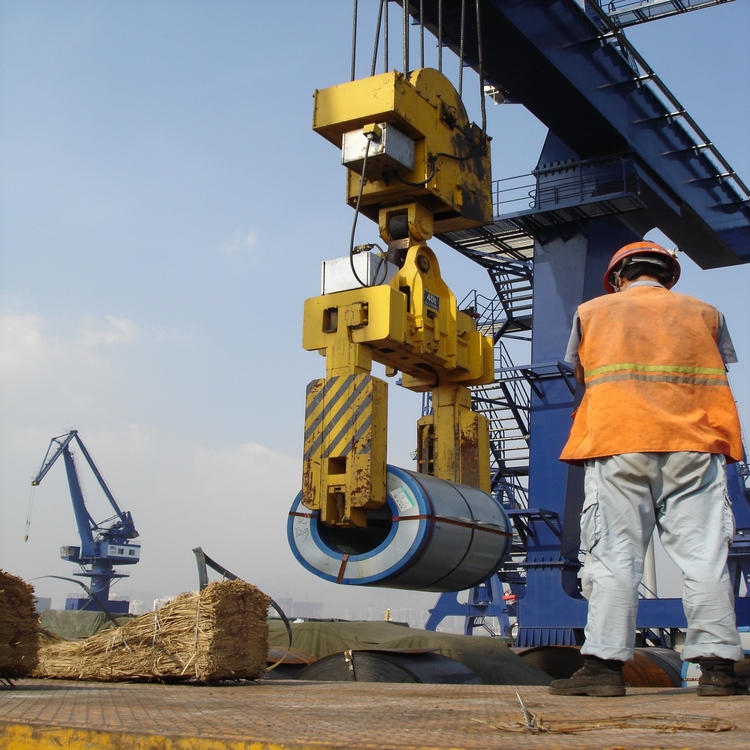
Handling vertical steel coils safely and efficiently is paramount in steel rolling mills, where missteps can cause costly downtime and safety hazards. This guide explores the critical criteria for selecting vertical steel coil handling equipment, focusing on matching crane ton capacity with coil weight and adapting driving mechanisms to operational needs. Drawing upon field engineer insights and real-world production cases, it offers actionable advice to optimize safety protocols, streamline operations, and reduce labor expenses in coil handling workflows.
Vertical steel coil handling typically occurs in environments where coils vary considerably in weight (ranging from 1 to 15 metric tons) and dimensions (diameters from 800mm up to 2200mm). Equipment must be precisely matched to these parameters to prevent overloading and unsafe conditions.
| Coil Weight Range (tons) | Recommended Lifting Ton Capacity | Key Handling Consideration |
|---|---|---|
| 1 - 5 | 6 - 8 tons | High precision clamp force control |
| 5 - 10 | 12 - 15 tons | Enhanced structural stability and redundant safety features |
| 10 - 15+ | 20+ tons | Advanced torque-driven lift and multi-point support |
Drive mechanism choice impacts operational efficiency and maintenance. Hydraulic drives provide powerful, smooth lifting suitable for heavy coils but require frequent checks for leaks and fluid quality. Electric drives offer energy efficiency and precise control, ideal for medium loads with less environmental impact.
Key advantages breakdown:

Vertical lifting involves risks such as clamp slippage, improper weight distribution, and structural fatigue. Agencies recommend implementing redundant safety mechanisms like dual-lock clamps and real-time load monitoring sensors.
Maintenance is equally critical—routine inspection of clamp pads, drive fluids, and electrical wiring helps avoid unexpected failures. Training operators in standardized safety procedures dramatically reduces accidents.

Standardized protocols emphasize precise positioning of coil clamps to avoid crushing or deformation. A stepwise lifting procedure fosters operational consistency:
Clamp maintenance includes regular cleaning, lubrication of moving parts, and replacement of wear pads every 3-6 months depending on usage intensity.

Boost Your Rolling Mill’s Safety and Efficiency with Tailored Vertical Steel Coil Handling Solutions
Secure and streamline your steel coil operations with handling equipment precisely matched to your load requirements and operational environment. Enhanced safety features and optimized drive systems translate to fewer accidents, less downtime, and substantial labor savings.

